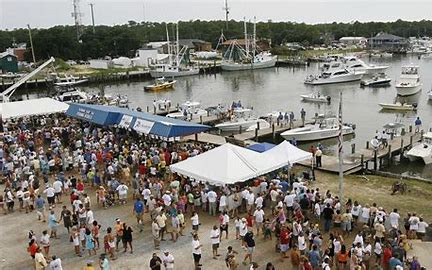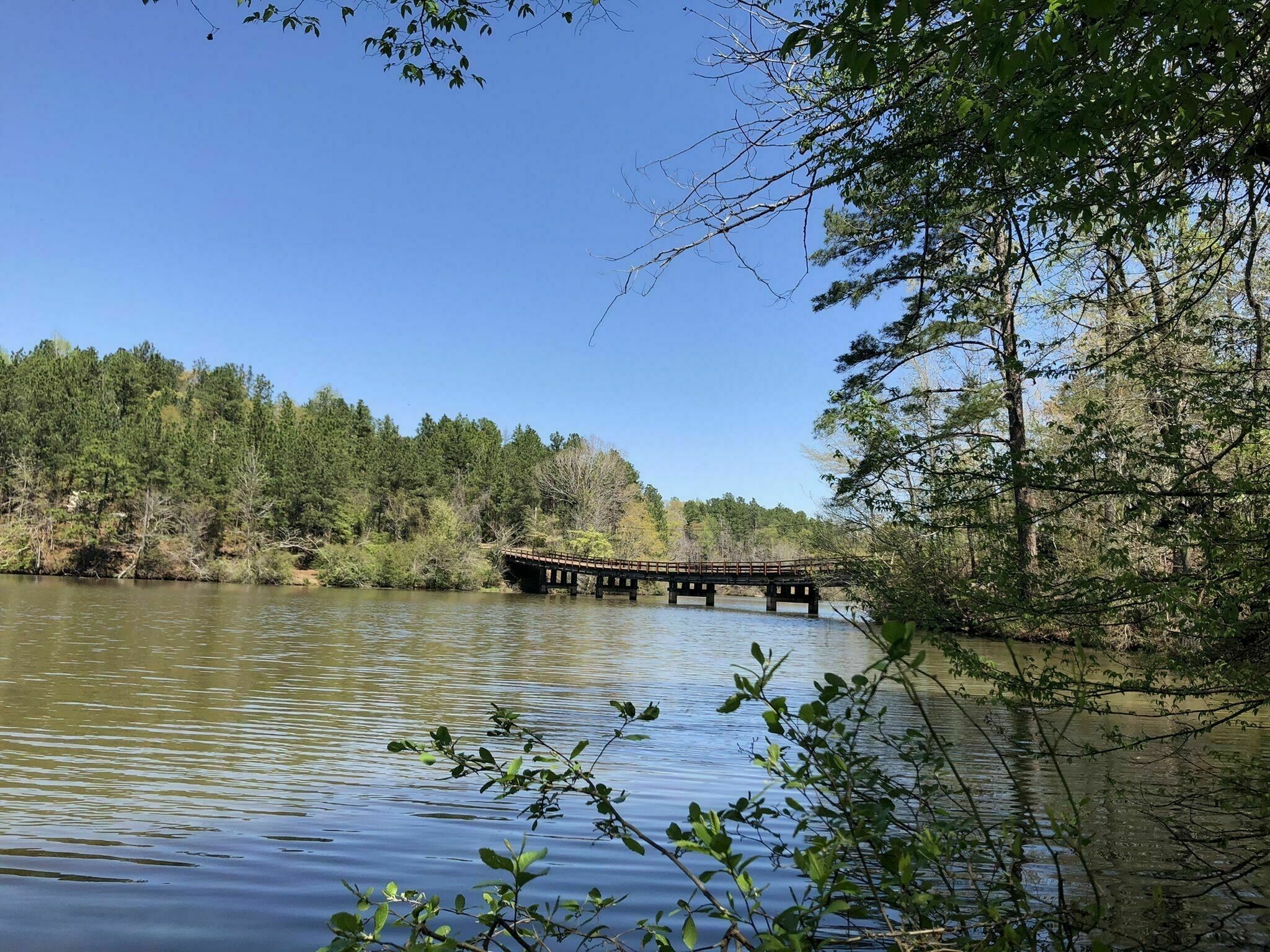Alabama National Refuges
Alabama National Refuges are one of the most popular and protected areas in this beautiful state.
When totaled together, the state is blessed to have 11 national sites, and these beautiful sites are a true version of the diverse natural environment of the state.
These natural sites reach all the way to the Gulf Coast, as well as the waters of the Tennessee River
They also go into the gorgeous mountains of the northeast part of the state, the swaps and wetlands, as well as several caves with numerous species.
The History of the Alabama National Refuges
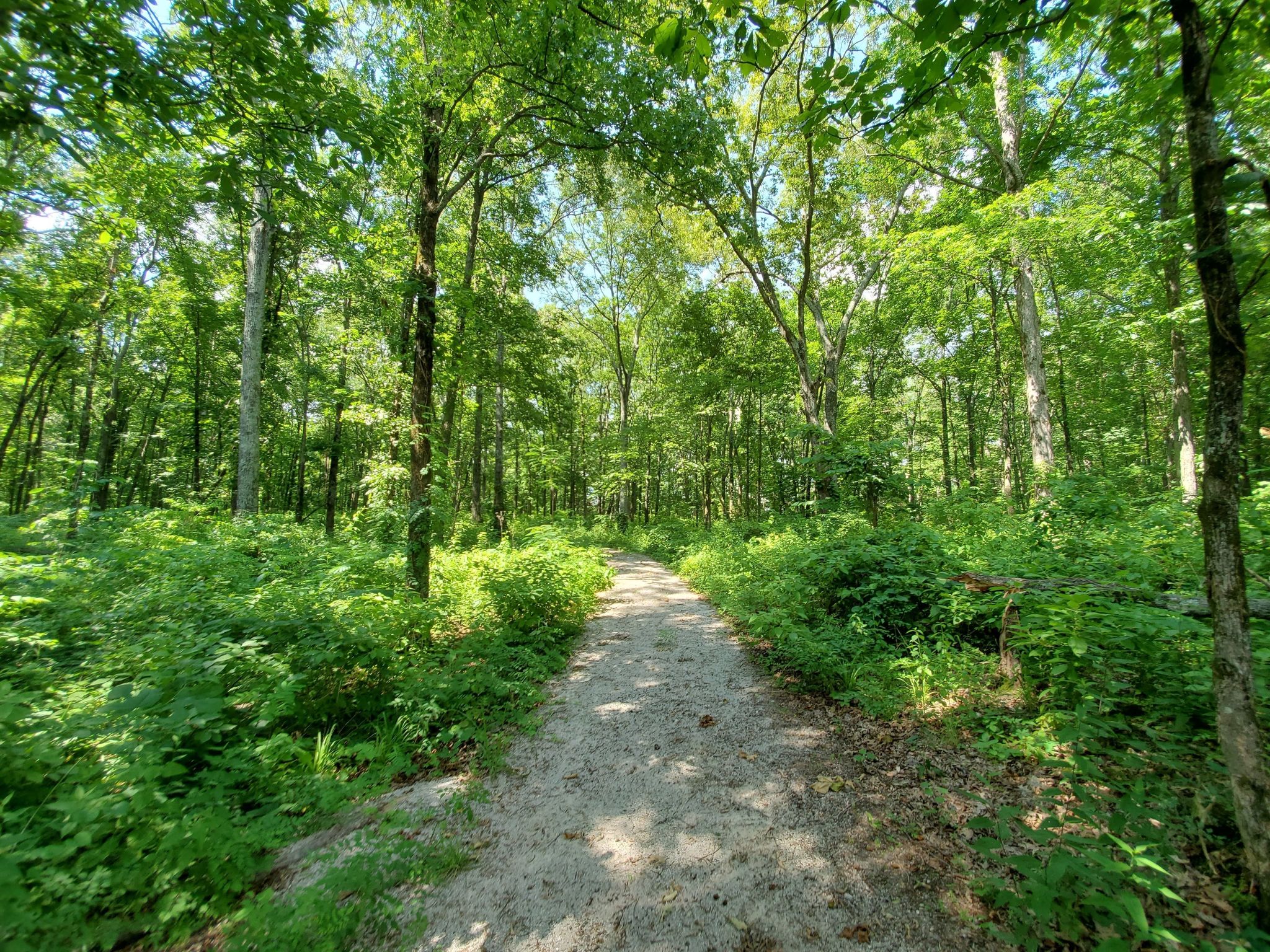 Key Cave National Refuge
Key Cave National RefugeThe National Wildlife Refuge System was set up by the national government, in 1903, by President Theodore Roosevelt.
The first of these refuge’s was located at Florida’s Pelican Island, and since this inception, it has grown to over 150 million acres and 550 refuges nationwide.
It is managed by the U.S. Fish and Wildlife Services, to not only protect the land, but to also make it available for the public to enjoy.
These lands, including in the State of Alabama, are the protected lands and waters that are used for conservation, management, as well as recreation.
They help to protect fish, wildlife, as well as the numerous plant resources that are found in these incredible places.
By doing this, several different types of outdoor recreation that available, including hunting, fishing, biking, and hiking for the public.
The Alabama National Refuges
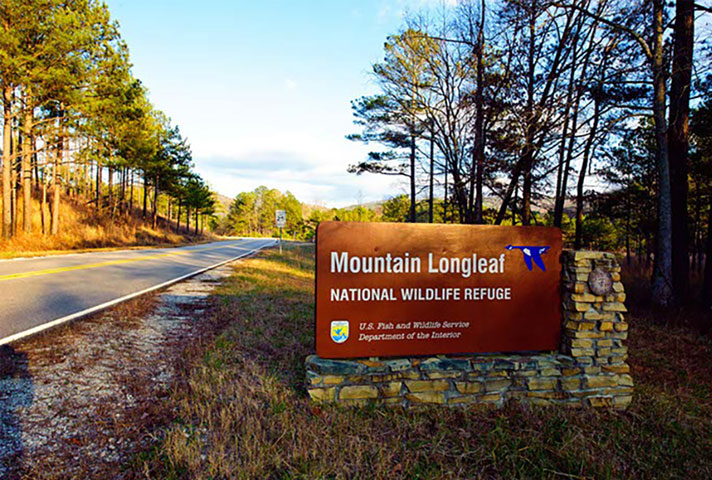 The Mountain Longleaf National Refuge
The Mountain Longleaf National RefugeThere are 11 Alabama National Refuges available in this beautiful state, and here are the first 6 of them.
- The Key Cave
- The Fern Cave
- The Wheeler
- Sauta Cave
- Mountain Longleaf
- Watercress Darter
Key Cave
The first on the list of Alabama National Refuges is the Key Cave, located near the town of Florence.
This unique cave was established in 1997, and was an outpost of the Wheeler, to protect the very rare Alabama Cavefish that are found nowhere else in the world.
These beautiful little creatures are very small and eyeless fish, and this park helps protect them.
This cave is also a very important site for brooding for over 40,000 gray bats that are endangered.
This refuge rests on over 1,000 acres and is to home to some extremely rare birds like the northern harriers, dickcissels, loggerhead shrikes, as well as well as the northern bobwhites.
Fern Cave
Fern Cave is the next refuge and is a smaller site that sets on 199 acres, near Gurley Alabama, by Madison County.
It was established in 1981 to also protect the endangered Gray and Indiana bats, and it has one major distinction; it is considered to be the largest wintering colony of gray bats in the entire United States.
There are multiple levels as well as miles of passageways, that feature stalactite and stalagmite filled rooms found here.
The Wheeler
Next on the list of Alabama National Refuges is the Wheeler, which is the state’s largest refuge, as it sets on a whopping 34,500 acres.
It is located along the banks of the Tennessee River near Decatur and was established in 1938 to provide the habitant for both wintering as well migrating birds.
It is also the state’s largest duck population, as well as geese and sandhill cranes.
It is also home to over 47 different mammals, 74 species of reptiles and amphibians, as well as numerous fish and birds.
It is located on bottomland woods, open backwater and wetlands, and is home to alligators, bobcats, white-tailed deer, as well as bald eagles and beavers.
Sauta Cave
Sauta Cave is the next refuge,
and this sets on 260 plus acres north of the Guntersville Reservoir.
It was purchased in 1978, also to protect the Gray and Indiana bats, and is also the home to over 300,000 bats that roost there for the summer.
This cave also has a very interesting history, as it was used as a salt pepper mine during the civile war.
Mountain Longleaf
Mountain Longleaf is next on the list of Alabama National Refuges, and it is a 9,000-acre refuge located in Aniston.
It was established in 2003 on what used to be the Fort McClennan army base, after is closure.
Its primary use is to protect old-growth longleaf pines forest, which are generally found only in the Coastal Plain.
Watercress Darter
The Watercress Darter refuge is the final on this first list, and it is the smallest of the refuges, at only 23 acres.
It was established in 1980 to protect the endangered watercress darter, which is a small but very colorful fish the is about 2 inches long.
Located near Bessemer, the Thomas Springs Pond, is one of the very few places in the state where this rare fish exists.
The Last Five of the Alabama National Refuges
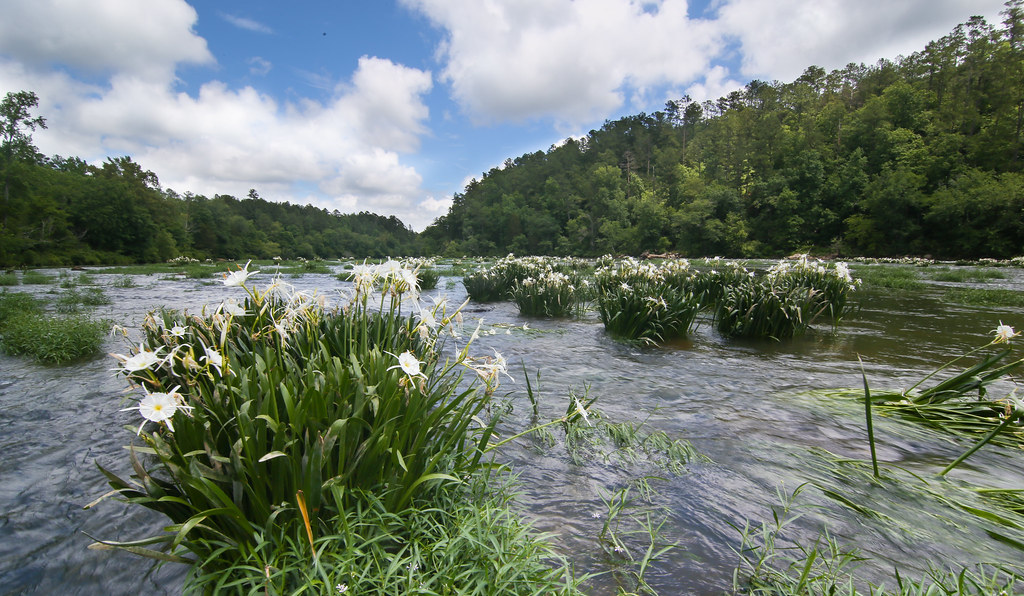 The Cahaba River National Refuge
The Cahaba River National Refuge- Cahaba River
- Eufaula
- Choctaw
- Grand Bay
- Bon Secour
Cahaba River
Cahaba River is the first this next
list of the Alabama National
Refuges, and it is located east of West Blocton, and also has a very unique
job.
It was built in 2002 to protect the largest remaining strand of rare and showy Cahaba Lily and is also the home to numerous endangered plant and animal species.
It is also the home to the stands of the threatened native longleaf pine, which is the State’s official tree.
Eufaula
Eufaula is the next refuge, and this refuge expands both Alabama and west-centra Georgia.
Established in 1964 and setting on 11,000 plus acres, it is highlighted by Lake Eufaula.
It provides land for wintering waterfowl, and other rare migrating birds, including the wood stork and peregrine falcon.
The final three of the Alabama National Refuges include Choctaw, Grand Bay, and Bon Secour.
Choctaw is 4,000 plus refuge that lies just north of Mobile, and it is home to more than 10,000 ducks and geese each winter.
The lowlands located there are extremely important habitats for these beautiful migrating birds.
Grand Bay is shared with the state of Mississippi and is also along the Gulf Coast.
It was established in 1992 to protect one of the country’s remaining expanses of pine savanna habitat.
Bon Secour is the final refuge, and is also along the coast, and sets on the Fort Morgan peninsula.
It covers over 7,000 acres, and was established in 1980, also for the purpose of numerous migrating birds.
It sets directly in the path of these birds as they fly to the Caribbean, as well as Central and South America.
If you and your family have not visited these 11 Alabama National Refuges, you will see nature at its rarest.
References
http://encyclopediaofalabama.org/article/h-2399

Alabama Gift Store
Numerous Items for You and Your Family to Enjoy
See it here at the Gift Store
Copyright 2019-2023 Alabamabackroads.com
All Rights Reserved
